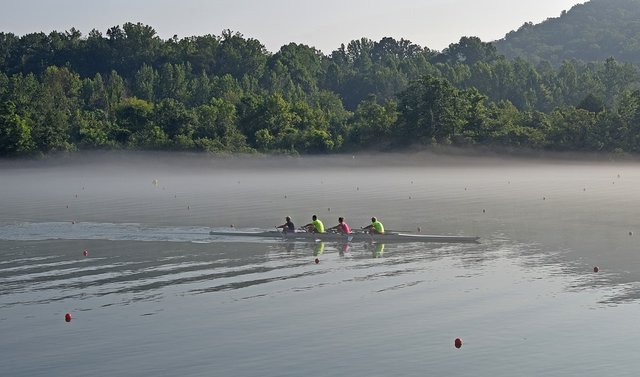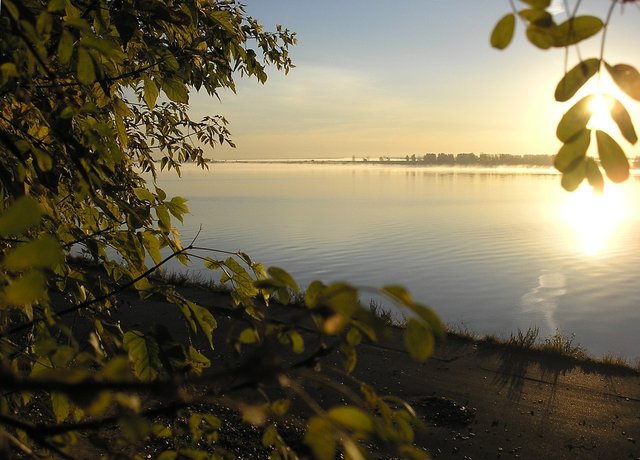Bangladesh is a country. Part-8.
The Society and Its Environment.
River Systems.
The streams of Bangladesh stamp both the physiography of the country and the life of the general population. Around 700 in number, these waterways by and large stream south. The bigger waterways fill in as the fundamental wellspring of water for development and as the key courses of business transportation. Waterways likewise give angle, a critical wellspring of protein. Flooding of the waterways amid the storm season causes huge hardship and impedes advancement, however new stores of rich residue renew the prolific yet exhausted soil. The streams likewise deplete abundance rainstorm precipitation into the Bay of Bengal. In this way, the colossal waterway framework is in the meantime the nation's important asset and its most noteworthy danger.
The abundance of streams can be partitioned into five noteworthy systems (see fig. 5). The Jamuna-Brahmaputra is 292 kilometers in length and reaches out from northern Bangladesh to its conversion with the Padma. Starting as the Yarlung Zangbo Jiang in China's Xizang Autonomous Region (Tibet) and coursing through India's province of Arunachal Pradesh, where it ends up known as the Brahmaputra ("Son of Brahma"), it gets waters from five noteworthy tributaries that aggregate somewhere in the range of 740 kilometers long. At the point where the Brahmaputra meets the Tista River in Bangladesh, it winds up known as the Jamuna. The Jamuna is infamous for its moving subchannels and for the development of rich residue islands (singes). No lasting settlements can exist along its banks.
The second framework is the Padma-Ganges, which is partitioned into two segments: a 258-kilometer fragment, the Ganges, which reaches out from the western outskirt with India to its intersection with the Jamuna somewhere in the range of 72 kilometers west of Dhaka, and a 126-kilometer section, the Padma, which keeps running from the Ganges-Jamuna conjunction to where it joins the Meghna River at Chandpur. The Padma-Ganges is the focal piece of a deltaic waterway framework with many waterways and streams—somewhere in the range of 2,100 kilometers long—streaming by and large east or west into the Padma.
The third system is the Surma-Meghna framework, which courses from the northeastern fringe with India to Chandpur, where it joins the Padma. The Surma-Meghna, at 669 kilometers without anyone else's input the longest stream in Bangladesh, is framed by the association of six lesser waterways. Beneath the city of Kalipur it is known as the Meghna. At the point when the Padma and Meghna combine, they shape the fourth waterway framework—the Padma-Meghna—which streams 145 kilometers to the Bay of Bengal.

This compelling system of four stream frameworks coursing through the Bangladesh Plain depletes a region of about 1.5 million square kilometers. The various channels of the Padma-Meghna, its distributaries, and littler parallel waterways that stream into the Bay of Bengal are alluded to as the Mouths of the Ganges. Like the J amuna, the Padma-Meghna and different estuaries on the Bay of Bengal are additionally known for their numerous burns.
A fifth waterway framework, detached to the next four, is the Karnaphuli. Moving through the district of Chittagong and the Chittagong Hills, it cuts over the slopes and runs quickly downhill toward the west and southwest and afterward to the ocean. The Feni, Karnaphuli, Sangu, and Matamuhari—a total of somewhere in the range of 420 kilometers—are the fundamental streams in the district. The port of Chittagong is arranged on the banks of the Karnaphuli. The Karnaphuli Reservoir and Karnaphuli Dam are situated around there. The dam seizes the Karnaphuli River's waters in the supply for the age of hydroelectric power (see Technological Advances, ch. 3).
Amid the yearly rainstorm time frame, the streams of Bangladesh stream at around 140,000 cubic meters for every second, except amid the dry time frame they reduce to 7,000 cubic meters for each second. Since water is so indispensable to agribusiness, in excess of 60 percent of the net arable land, somewhere in the range of 9.1 million hectares, is developed in the stormy season in spite of the likelihood of extreme flooding, and almost 40 percent of the land is developed amid the dry winter months. Water assets advancement has reacted to this "double water administration" by giving surge insurance, waste to avoid overflooding and waterlogging, and water system offices for the development of winter development. Real water control ventures have been created by the national government to give water system, surge control, waste offices, helps to stream route and street development, and hydroelectric power. What's more, a huge number of tube wells and electric pumps are utilized for nearby water system. In spite of extreme asset limitations, the administration of Bangladesh has made it an arrangement to attempt to bring extra territories under water system without saltiness interruption (see Agriculture, ch. 3).
Water assets administration, including gravity stream water system, surge control, and waste, were to a great extent the obligation of the Bangladesh Water Development Board. Other open segment foundations, for example, the Bangladesh Krishi Bank, the Bangladesh Rural Development Board, the Bangladesh Bank, and the Bangladesh Agricultural Development Corporation were additionally in charge of advancement and improvement of minor water system works in the private area through government credit instruments (see Money and Banking, ch. 3).

Very informative post.
Downvoting a post can decrease pending rewards and make it less visible. Common reasons:
Submit